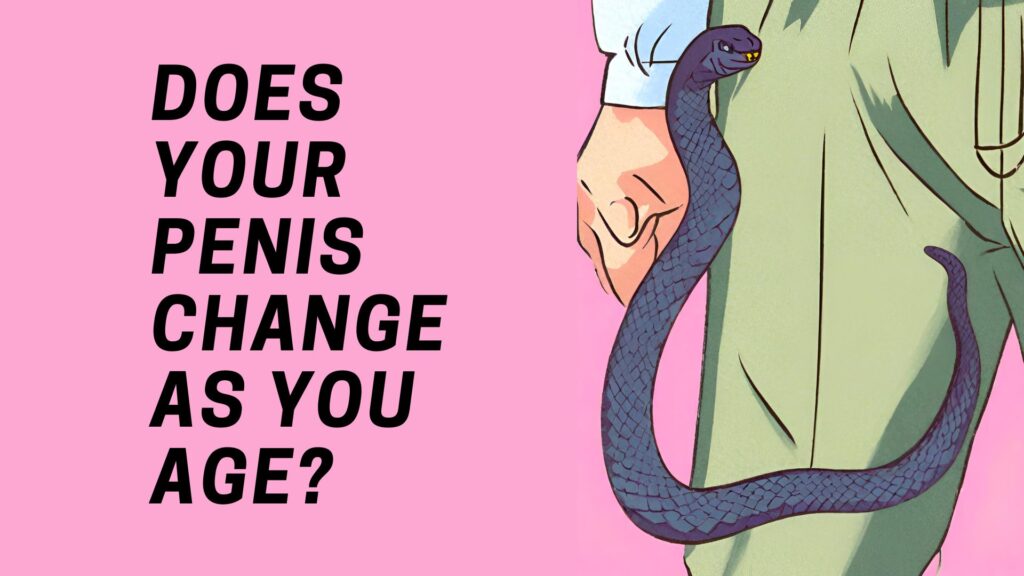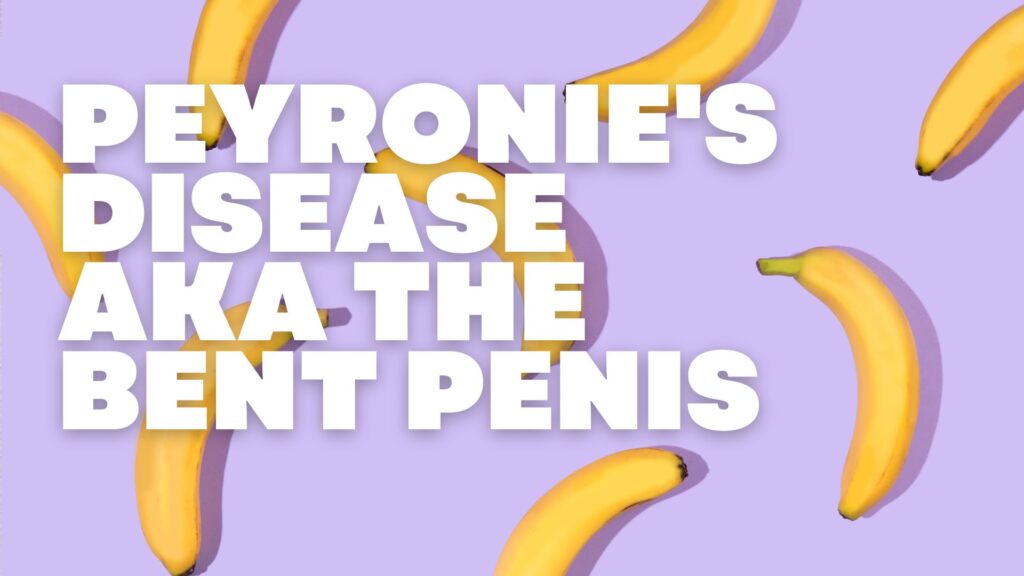Low testosterone may also cause more severe issues like major depression, reduced mental abilities, poor bone health, complete loss of sexual function, etc. Moreover, it can also increase your risk of Ischaemic heart disease (IHD) which leads to heart attacks.
The problem with age-related hypogonadism and associated low testosterone is that it produces very vague symptoms. This is why it’s critical for the doctors to pick the signs & symptoms and perform the necessary tests.
So, if you have such difficult to explain signs and you are above the age of 40, you should undergo testing for low testosterone and other hormones.
Causes of testosterone deficiency
There could be many causes of low testosterone. Still, in recent years there has been increasing interest in the so-called “Andropause”, a condition that is often described as the equivalent of female menopause, and it will affect most males, though not all. Unlike female menopause, it develops gradually. Nevertheless, it remains the least recognized health condition and thus remains untreated in most men.
In most men, testosterone levels start falling after the age of 30. After this, there is an annual decline of about 1%. However, in some men, testosterone levels fall more sharply, and by the mid-40’s, they are living with severe testosterone deficiency. It means that all men above the age of 40, who feel a decline in sexual desire, energy levels, and fatigue, should get tested for testosterone levels.
However, it is worth understanding that testosterone may also decline due to chronic ailments or other endocrinological disease that affects the production of testosterone in the body. Thus, people living with conditions like HIV, chronic pulmonary disorders, hepatitis, and diabetes are also more likely to have low testosterone.
Signs of testosterone deficiency
Most people wrongly associate testosterone solely with a hard erection. Unlike common belief, testosterone plays a minor role in erection quality. However, there is no doubt that it plays an important role in overall male reproduction. But then there are very few men who would notice a decline in that area after the age of 40, as very few of them are trying to have a child at that age.
Thus, the more important signs of low testosterone to look for are:
- Decline in sex drive or libido- testosterone plays a vital role in maintaining sex drive. Those living with low testosterone start losing interest in sex.
- Lack of energy- testosterone boosts energy levels and is especially good for skeletal muscles. However, low testosterone means constant fatigue and low energy levels.
- Reduced strength and endurance- it is no secret that testosterone is the most potent anabolic hormone. Sports people widely abuse it to boost muscle mass and endurance. Unfortunately, its low levels result in muscle wasting, lower muscle mass, and a decline in physical strength and endurance.
- Loss of height- with ageing, people start losing height due to declining bone health, reduced water content of water, and damage to the cartilages. However, such a decline generally occurs in the late 60’s and onwards. If the decline in height has occurred earlier, it may indicates a more severe decline in testosterone levels.
- Feeling sad and depressed- testosterone has a strong impact on mood. It makes males more aggressive. However, those living with low testosterone may become more submissive and may even develop severe depression.
There are many other signs of low testosterone like sub-optimal erection, a decline in sports performance, difficulty falling asleep, deterioration in work performance, and more.
In most men, these symptoms might be pretty mild. However, that is why one should always seek medical attention when experiencing these symptoms, even if they are not very severe.










